This week, it’s all about encryption. First, let’s encrypt a zip file. If you are putting things like financial information, passwords, or personal data up to the Cloud, it should be encrypted. This post will be a tutorial for doing just that.
1. Download and install 7-Zip. Here’s the link: http://www.7-zip.org/download.html
The program is free, don’t worry about it. It’s also trustworthy and does not add toolbars or additional software.
2. Create a folder that contains the various files that you want to zip and encrypt. You can encrypt one file, or a whole folder. We feel that a folder is best for uploading to the Cloud but you can just as easily do this to one file. Zipping, if you didn’t know, takes a folder and all of the files in it, makes them smaller by taking out the empty space within the file, then creates a new ‘zipped’ file. Windows itself can do this but it won’t encrypt that file. Encryption here means ‘lock it up with a password’. Once you get the folder set up, move it to somewhere that’s easy to find. We put ours inside of our Dropbox folder.
3. Open 7-Zip then navigate to the folder you just created. That’s easier said than done but, if you put the folder in your Dropbox folder, it will be very easy to find.
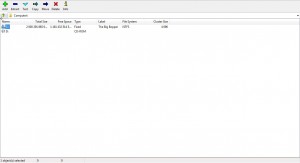
4. See the green + sign up on the top left? Just under that is an icon of a file folder with a green arrow pointing up. Keep pressing that icon until you get to the root directory of your computer, most likely that will be C:. When you get there, double click on the C: You’ll see something like this:
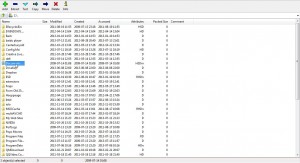
5. When you see the folder you want to zip and lock with a password, highlight it (click on it once), then go up to the top and click on File. This is what you will see:
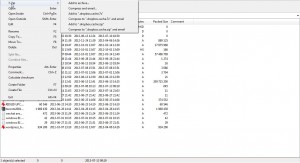
6. Now 7-Zip knows that you want to create an archive. The menu that pops up gives you several options to choose before 7-Zip creates that archive. Here’s the menu:
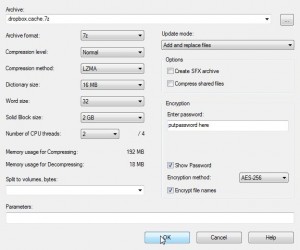
7. For now, there are two sections of this menu for you to fill out. The first is the Archive Format. The choices there are shown in this menu:
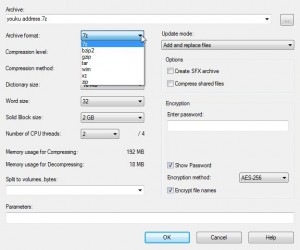
There are several different kinds of ‘zip’ files (zip is the generic term just as kleenex is generic for tissue). 7-Zip has its own kind and there are ‘tar’ files, etc. If you are always going to be accessing the file from the same computer, choosing 7z is fine. You must use 7-Zip to open 7z files, right? That’s why ‘zip’ might be better. With that archive format, you can use just about any zip program to unlock it, including Windows.
8. Next we have to choose a password. That’s easy but, and this is vitally important, make sure you remember the password. If you lock a file or folder with this system and forget the password, there is no way you can unlock it easily. Whatever is in that file is lost, for all intents and purposes. Read that again, we’ll wait.
9. Once you choose OK, 7-Zip works its magic and the file or folder is zipped up tight. We chose the 7z format and this is what we see when we look in the file’s original location:

10. Double click on the zip file and this is what you’ll see:
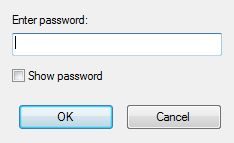
11. Enter the password and the file opens. Enter the wrong password and it won’t. It’s locked up tight.
That’s the basics of locking up a file or folder. You can secure a single file or a whole folder with this. The larger the file or folder, the longer it takes but 7-Zip is fast, don’t worry. Now you can take that archive and email it, put it on a flash drive, send it up to your Dropbox, whatever. It’s quite secure.
TIP: You might be asking yourself, how secure is this system? As you know, governments have all the toys to open this kind of file. They have computers and programs specifically set up for this. They can open it. Can your tech friend Raoul open it? Probably not. It would take him years to find the right combination of letters, symbols and numbers…your password, in other words. That’s why you have to make a good one!
Thanks for reading!
Like us on Facebook and we’ll like you, too. Here’s the link: Computers Made Simple on Facebook
